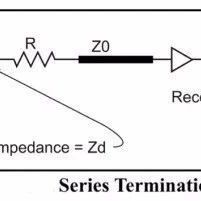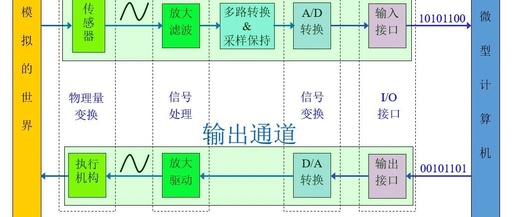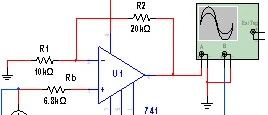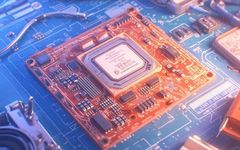Why Do SPI and Other Signal Outputs Require a 22 or 33 Ohm Resistor?
When a microcontroller or FPGA sends SPI control signals to a phase-locked loop (PLL) chip, it often requires a series connection of a 22 ohm or 33 ohm resistor. What is the reasoning behind this? Impedance discontinuities can cause electromagnetic wave reflections, which in turn can lead to signal distortion. Therefore, impedance matching is often … Read more









